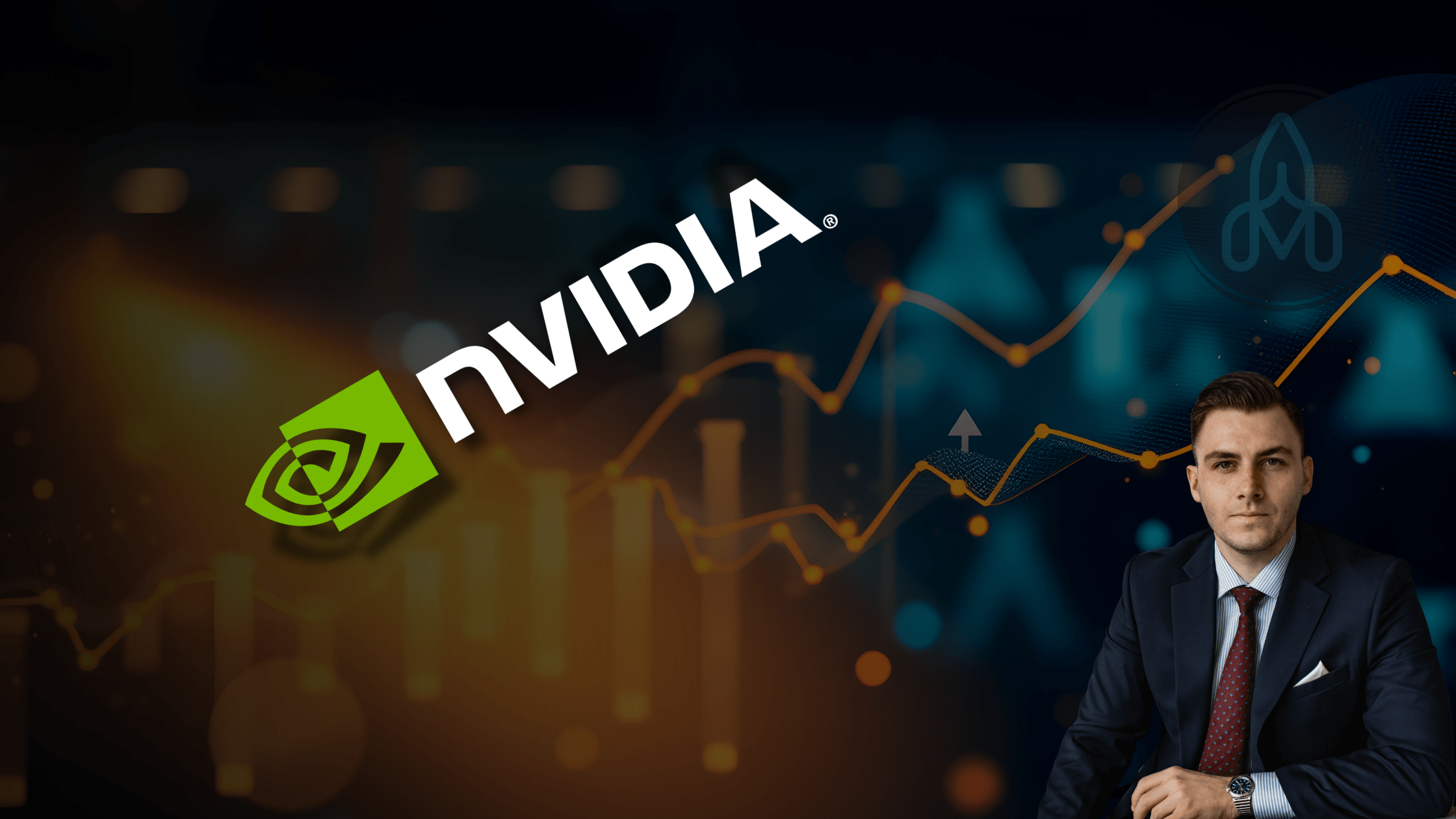



When Nvidia reported its results in August, investors cheered. Revenue, profits, forecasts — everything was up. But behind the story of unstoppable growth lies a reality that’s starting to crack.
Jensen Huang, Nvidia’s CEO, knows it — and he’s doing everything possible to keep the “endless growth” story alive for just a bit longer.
What used to work a few years ago no longer does.
The “beat and raise” strategy — beating Wall Street expectations and then raising guidance — used to thrill investors. But when the numbers are $60 or $70 billion per quarter, it becomes almost impossible to keep that momentum going.
The bigger the numbers get, the harder it is to make them grow.
So Nvidia has been finding creative ways to bridge the gap between expectations and reality.
Over the past two years, Huang has had a few tricks up his sleeve.
He funded startups, supported companies like CoreWeave that bought Nvidia chips in bulk — often during weak demand cycles.
Sometimes, revenue was recognized a bit early. And for a while, demand from China — including unofficial shipments — helped deliver those “better-than-expected” quarters.
But now, all of that is reaching its limits.
Big tech companies have burned through much of their budgets.
More and more capital is being redirected into data center construction, energy infrastructure, and in-house chip design — not GPU purchases.
Startups that once helped create the illusion of endless demand are now fighting for survival, raising new capital every few months.
Even giants like Meta and Elon Musk’s xAI are borrowing heavily.
Meanwhile, Chinese chip demand is falling fast.
Firms there stockpiled chips for years, and the buying frenzy has ended. Huawei has started working with local AI labs like DeepSeek, which can train models without U.S. hardware.
For Beijing, that’s a strategic weapon — a way to counter Nvidia and the U.S. in the ongoing tech war.
China hasn’t forgotten the Huawei ban. In its view, the time for payback is near.
Huang remembers what happened to Nvidia during the dot-com crash.
This time, he’s determined not to let it happen again.
So he’s gone all in — a total war against the natural fate of every bubble.
He’s ready to burn through Nvidia’s cash reserves to keep the show going. And when that runs out, he’ll raise more through debt or new stock issuance.
Right now, he has the money. And he intends to use it.
Massive Buybacks – $55 billion.
The biggest in company history, designed to keep the stock price high even if growth slows.
Pressure on Customers.
Want priority access to chips? Fine — but only if you don’t buy from AMD, and tell us exactly what you’re building.
Financing the Ecosystem.
If demand doesn’t exist, create it. Nvidia is lending money, taking equity stakes, and funding projects worth billions just to keep chips moving.
Barter and Non-Cash Deals.
When real buyers are scarce, Nvidia trades GPUs for equity or cloud credits. On paper, it looks like revenue; in reality, it’s accounting smoke and mirrors.
Early Revenue Recognition.
When needed, some sales are booked early to meet targets. It looks great to investors — until the next quarter.
Aggressive Lobbying.
Nvidia is pushing to resume chip exports to China, even at the cost of national security concerns. For Huang, “Beat and Raise” matters more than politics.
Accounting Creativity.
Shifting revenue between regions, hiding cloud commitments — those were just the beginning. Expect more “engineering” soon.
Nvidia stands at the peak of its power — and possibly the edge of a cliff.
The company is growing at a pace that can’t last forever, and its leadership is doing everything possible to delay the inevitable.
Disclaimer: This article is for informational purposes only and does not constitute investment advice. Investing in financial markets involves risks. Always conduct your own analysis before making investment decisions. This article is inspired by Kakashi an insightful analysis originally published on X. The text has been editorially adapted for clarity and broader context.